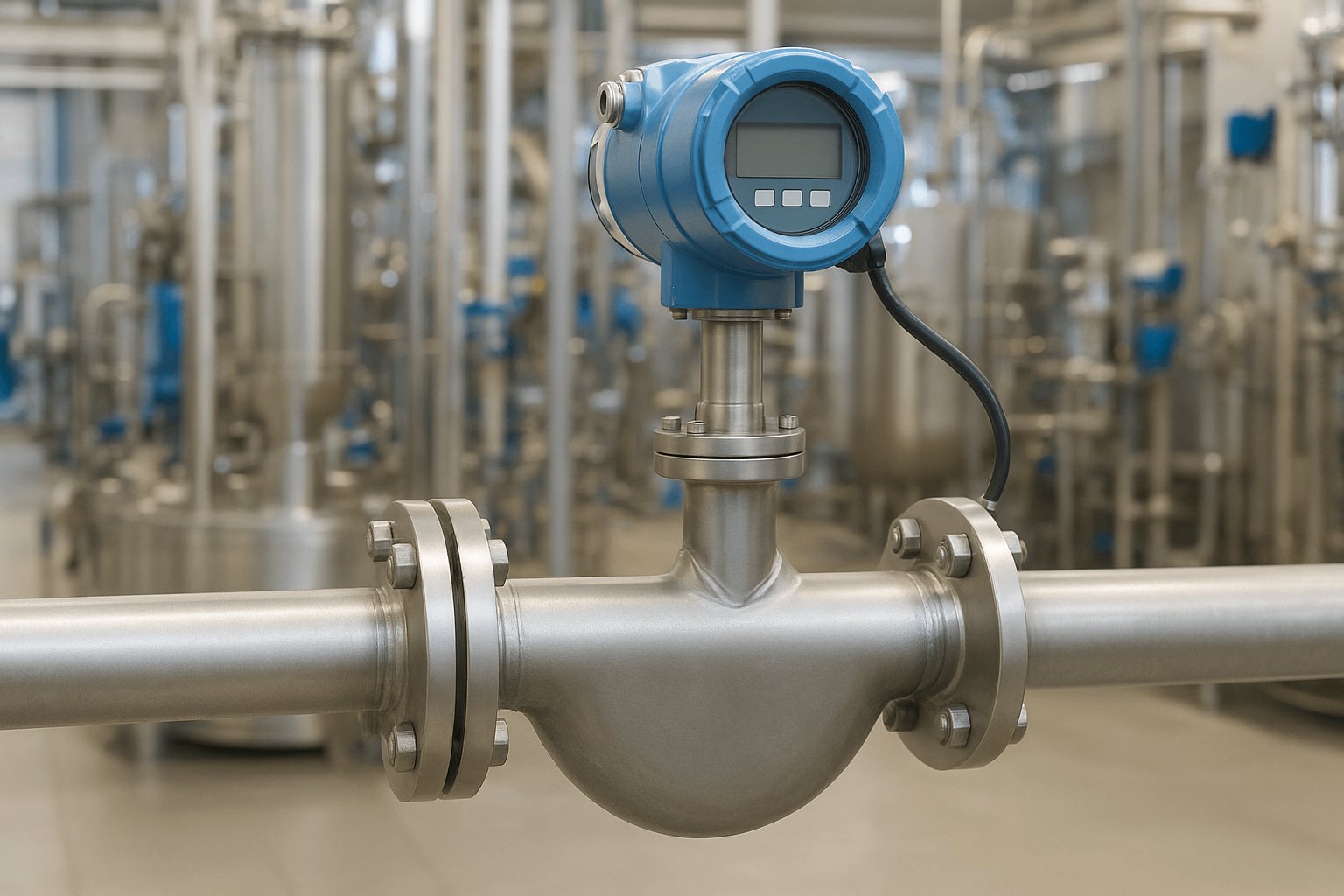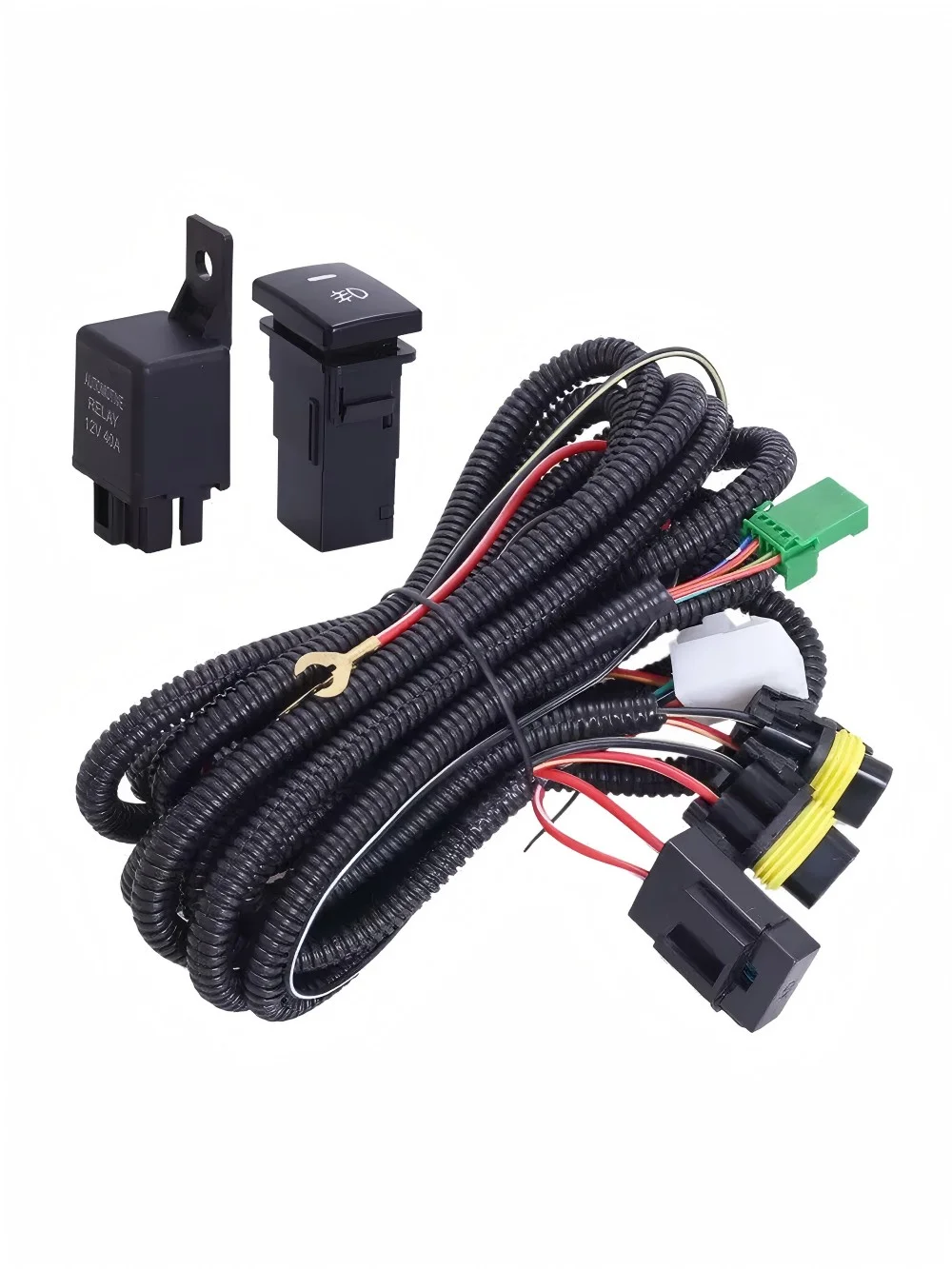The Value of Mechanical Ventilation: A Comprehensive Analysis of Its Benefits and Limitations
In the realm of modern medicine, mechanical ventilation stands as a pivotal intervention for patients experiencing respiratory failure. As healthcare professionals and patients alike grapple with the complexities of respiratory support, the question arises: Is mechanical ventilation worth it? This article delves into the multifaceted nature of mechanical ventilation, examining its benefits, limitations, and the critical considerations that inform its use.
Understanding Mechanical Ventilation
Mechanical ventilation is a life-sustaining intervention that provides respiratory support to patients who are unable to breathe adequately on their own. This can be due to various conditions, including chronic obstructive pulmonary disease (COPD), pneumonia, acute respiratory distress syndrome (ARDS), and neuromuscular disorders. The primary goal of mechanical ventilation is to ensure adequate oxygenation and carbon dioxide removal, thereby stabilizing the patient’s condition.
Benefits of Mechanical Ventilation
- Life-Saving Intervention: The most compelling argument for mechanical ventilation is its ability to save lives. In acute respiratory failure, timely initiation of mechanical ventilation can prevent further deterioration and provide critical support during recovery.
- Improved Gas Exchange: Mechanical ventilators can optimize oxygen delivery and carbon dioxide elimination, which is particularly crucial in conditions like ARDS where the lungs are compromised. By controlling the tidal volume and respiratory rate, healthcare providers can tailor ventilation to meet the specific needs of the patient.
- Reduced Work of Breathing: For patients with respiratory muscle fatigue, mechanical ventilation alleviates the burden of breathing. This is especially beneficial in cases of severe asthma exacerbations or COPD exacerbations, where the effort to breathe can be exhausting and counterproductive.
- Facilitating Protective Strategies: In critical care settings, mechanical ventilation allows for protective lung strategies, such as low tidal volume ventilation, which can minimize ventilator-induced lung injury (VILI) and improve overall outcomes.
- Support for Weaning: Mechanical ventilation can provide a bridge for patients who require time to recover their respiratory function. Gradual weaning protocols can help transition patients off mechanical support while monitoring their ability to breathe independently.
Limitations and Risks of Mechanical Ventilation
Despite its advantages, mechanical ventilation is not without risks and limitations. Understanding these factors is crucial for making informed decisions about its use.
- Ventilator-Associated Pneumonia (VAP): One of the most significant risks associated with mechanical ventilation is the development of VAP. Prolonged intubation can introduce pathogens into the lower respiratory tract, leading to infections that complicate the patient’s recovery.
- Sedation and Delirium: Patients on mechanical ventilation often require sedation to tolerate the ventilator, which can lead to complications such as delirium and prolonged ICU stays. The challenge lies in balancing adequate sedation with the need for patient awareness and interaction.
- Muscle Weakness: Prolonged mechanical ventilation can result in respiratory muscle weakness, complicating the weaning process. Patients may require extensive rehabilitation to regain their strength and independence.
- Psychological Impact: The experience of being mechanically ventilated can be traumatic for patients, leading to anxiety, post-traumatic stress disorder (PTSD), and other psychological issues. Addressing the emotional and psychological needs of patients is an essential component of care.
- Resource Intensive: Mechanical ventilation requires significant healthcare resources, including skilled personnel, equipment, and monitoring. In resource-limited settings, the availability and sustainability of mechanical ventilation can be a critical concern.
Making the Decision: Is Mechanical Ventilation Worth It?
The decision to initiate mechanical ventilation should be guided by a thorough assessment of the patient’s clinical condition, prognosis, and the potential benefits versus risks. In acute settings, where respiratory failure poses an immediate threat to life, the benefits of mechanical ventilation often outweigh the risks. However, in cases of chronic respiratory failure or terminal illness, the appropriateness of mechanical ventilation becomes more nuanced.
Healthcare providers must engage in shared decision-making with patients and their families, discussing the goals of care, potential outcomes, and the patient’s values and preferences. This collaborative approach ensures that the decision to use mechanical ventilation aligns with the patient’s overall treatment goals.
Conclusion
In conclusion, mechanical ventilation is a powerful tool in the management of respiratory failure, offering life-saving benefits while also presenting significant challenges. The question of whether it is worth it cannot be answered with a simple yes or no; rather, it requires a comprehensive evaluation of each individual case. By understanding the complexities of mechanical ventilation, healthcare providers can make informed decisions that prioritize patient safety, comfort, and quality of life. As we continue to advance in medical technology and critical care practices, the dialogue surrounding mechanical ventilation will remain essential in optimizing patient outcomes.





